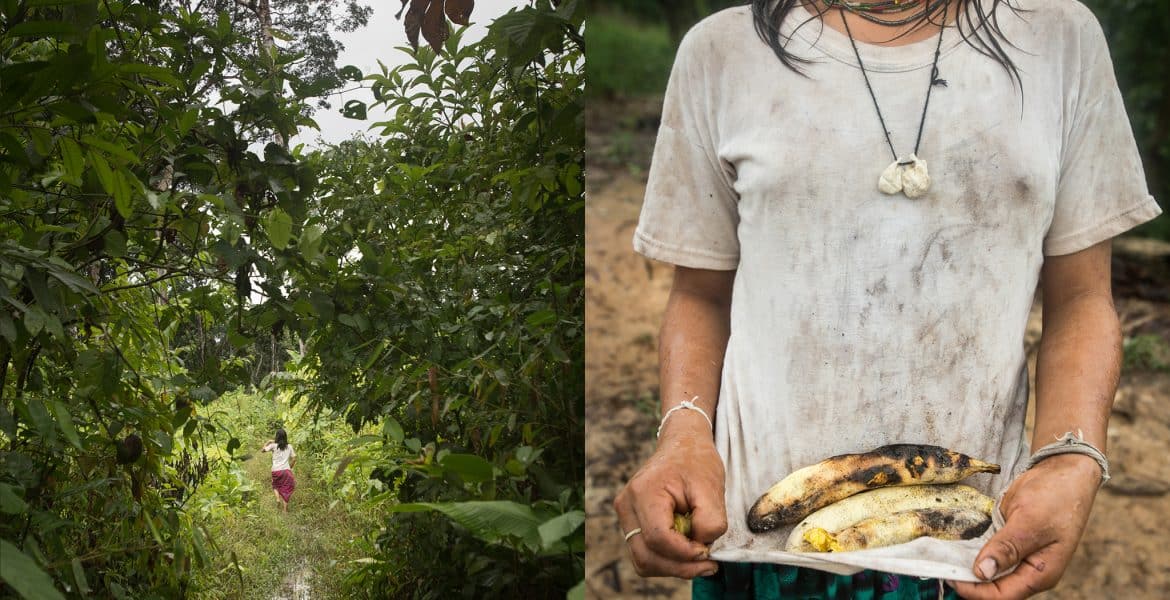By now, many of us have heard that the Tsimane tribe has the lowest cardiovascular age ever detected in any sub-population. Could this become the newest health fad? How did scientists determine this and more importantly to us, what are their secrets?
Researchers recently published in the Lancet, their results of studying this tribe and comparing it to a large multi-cultural study (the MESA study) group. What they found by looking at biochemical markers, but also high tech CT calcium scoring was that the degree of coronary calcification was 500% lower in this tribe at every age group! Clinical events such as heart attack or stroke were not reported.
So, how did the Tsimane’s do it?
Let’s work backwards. Their risk factors were significantly lower than the MESA patients. Their weight, heart rate, blood pressure, cholesterol levels, and blood glucose levels were all lower. How did they lower their risk factor profile?
Obviously their lifestyle is way different from the readers of this blog.
- They are very active. 90% of their waking time is actively spent in hard work, such as hunting, foraging, and farming, leaving only 10% to sedentary activities.
- Also, while they do eat meat, it accounts for less than 15% of their total calories.
- They eat a high carb diet (about 72%), but the carbs all come from unprocessed foods that are high in fiber.
- Finally, they eat a low fat diet, about 14%, which is less than the what is typically considered a low fat diet in the USA.
- What was also interesting is that more than 1/2 of the tribe had elevated levels of CRP, a marker of inflammation that was thought to be related to infectious disease, the biggest killer in the third world (compared to cardiovascular disease which is the biggest killer in the first world).
The future of the Tsimane tribe
What will be interesting going forward is to see how this tribe’s risk factors and clinical event rates change as they come into more contact with the modern world. They’ve already started getting motors for their boats and using cooking oil in their diet. Will the wealthier tribe members become sicker, faster?
If the Japan, Hawaii, and California epidemiological study is correct, we can predict that, as their lifestyle changes, so will their risk profiles, CT calcium scores, and finally, clinical events such as heart attack and stroke.
What can we learn from the Tsimanes?
- Be as active as possible.
- Limit animal protein and fats.
- Not all carbs are bad for you, but processed carbs should probably be avoided.
- NCD, non-communicable diseases (health problems not caused by infection, but by lifestyle) are a first world problem that is spreading to the entire world.
Your so-called “tribe” matters. Who you choose to spend time with will affect you and, in turn, you can affect others. The question is: will you change your tribe or will your tribe change you?
Photo by: National Geographic





